If there’s one thing that’s true about design, it’s that it is always evolving. Design is dynamic, and must adjust to accommodate both form and function. Because of this ever-changing nature, it can be a challenge to keep up with the newest design trends.
User experience is the central focus of the most relevant design trends. Creating content that’s responsive, accessible, and simple to use, enhances user satisfaction. This year’s emerging design trends aim to streamline and perfect that user experience.
1. Hero Images:
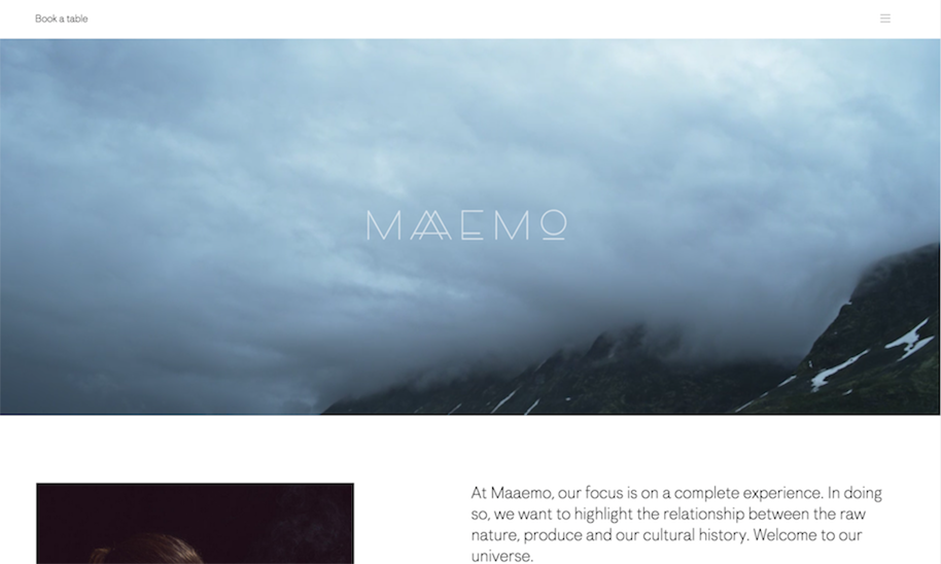
Photo Credit: Maaemo
One of the best ways to capture a user’s attention is with a striking image. Featuring an HD image with a compelling call to action can increase conversions. According to Jerry Cao at Awwwards, “Since vision is the strongest human sense, HD hero images are one of the fastest ways to grab a user’s attention. Thanks to advances in bandwidth and data compression, users won’t suffer from slow load times either.”
2. Material Design:
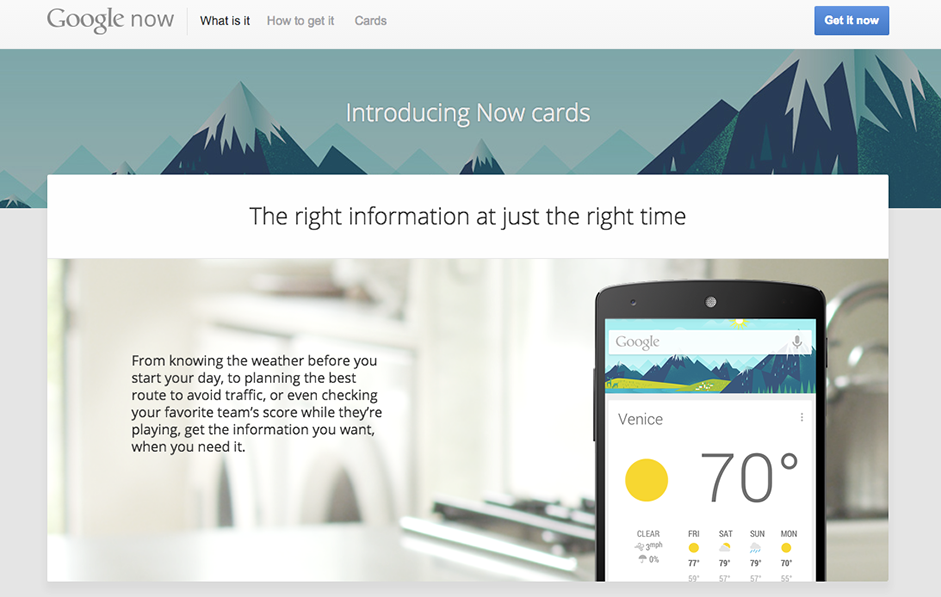
Photo Credit: Google Now
Google’s material design style language is the next dimension to the flat design craze. Material design gives more depth to flat design by incorporating light and shadows, while featuring grid-based layouts and responsive animations.
3. Typography:
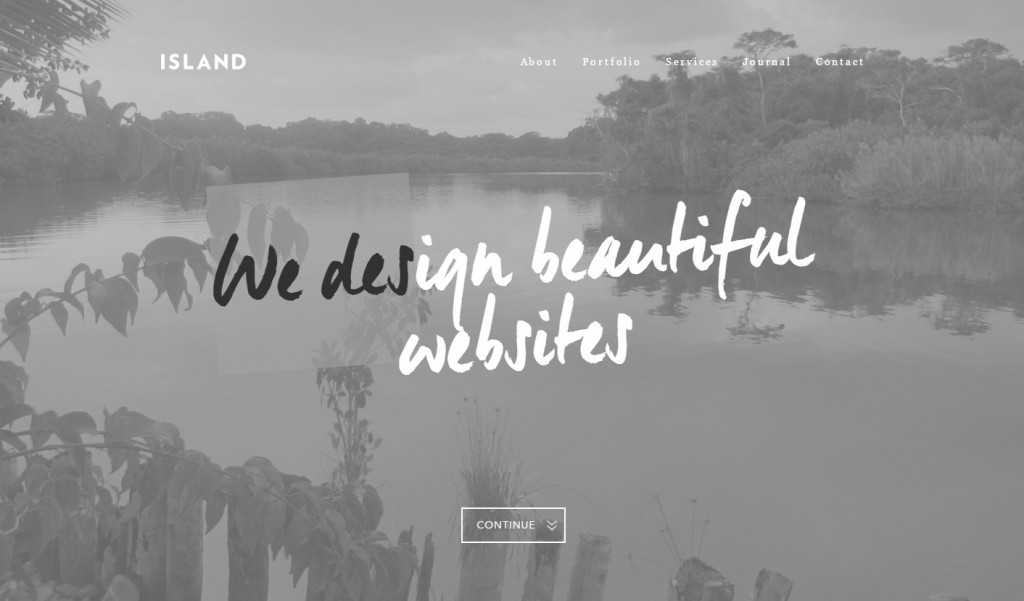
Photo Credit: WeAreIsland.com
Streamlined and minimal designs allow typefaces to be dramatic and have a strong impact. Artistic, and calligraphic fonts are becoming popular because they feel personal and tangible.
4. Background Videos And Animations:
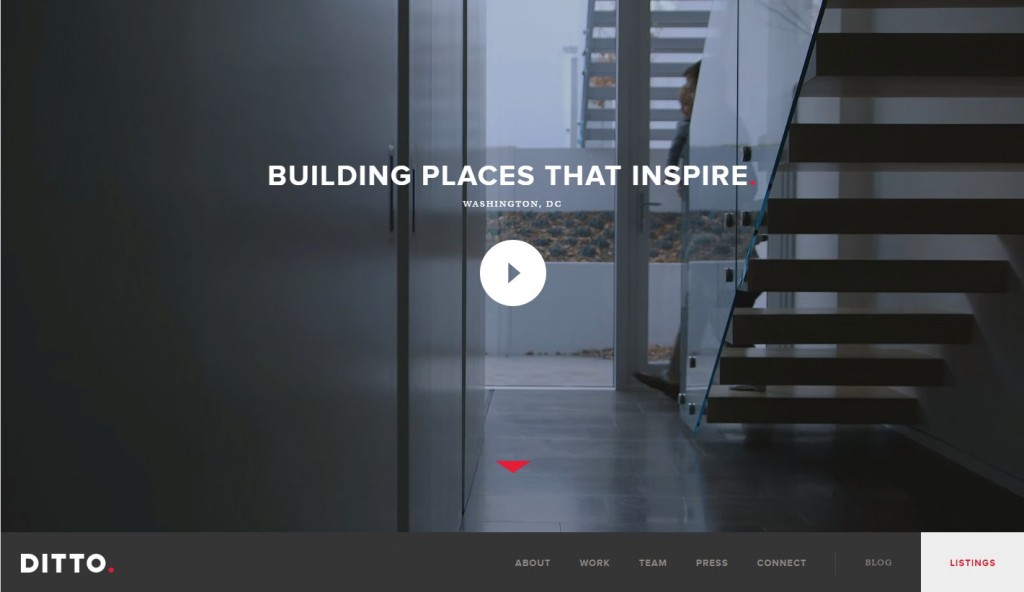
Photo Credit: Ditto Residential
Using background videos and animations can either add an interesting dimension to a page, or distract the user. When executed well, this trend can enhance a page’s content. The key is to play with frame rates until the videos and content are cohesive and seamless. According to Jerry Cao at Awwwards, “A simple animated background can add visibility to a site, but should be used in moderation or it can be very distracting to the user. The key is to work on individual sections or create a gentle movement of an entire image.”
5. Hover Animations:
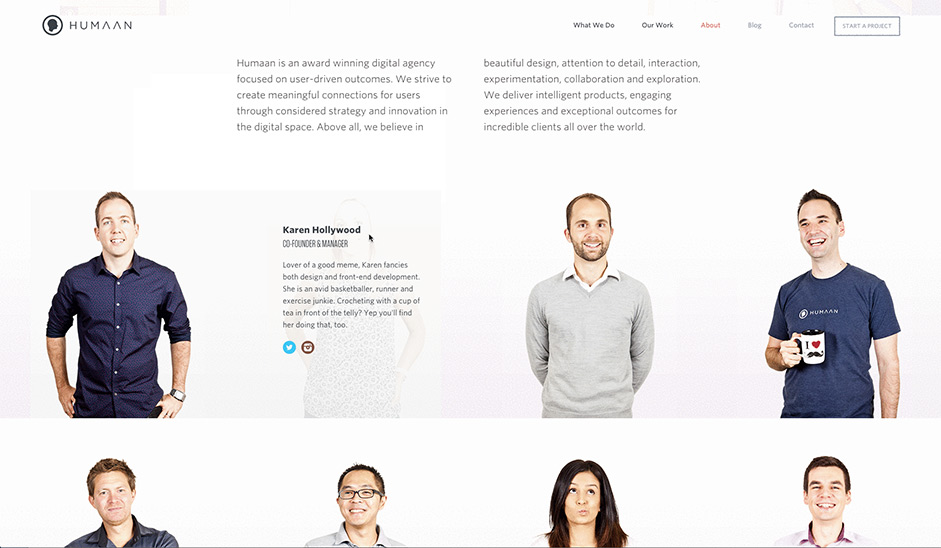
Photo Credit: Humaan
When users are unsure about an element’s function, they tend to hover their cursor over it. Hover animations capitalize off of this intuition by providing the user with instant feedback. This enables their browsing experience to remain simple and uninterrupted.
6. Scrolling:
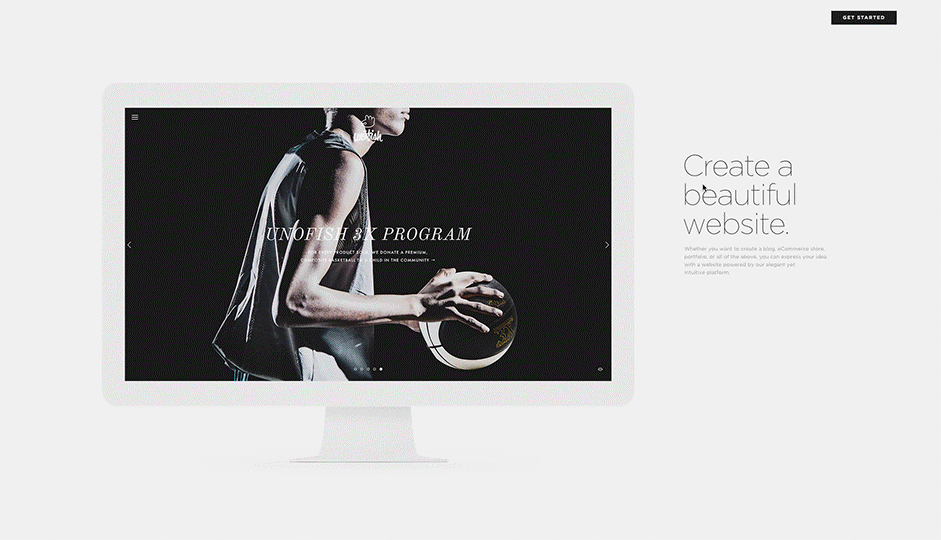
Photo Credit: Squarespace
Single page sites with long scroll navigation are becoming popular because the form allows for storytelling opportunities that aren’t suitable for page-by-page navigation. Smooth scrolling is mobile-friendly, and enables the user to control their own pace.
7. Motion Animations:
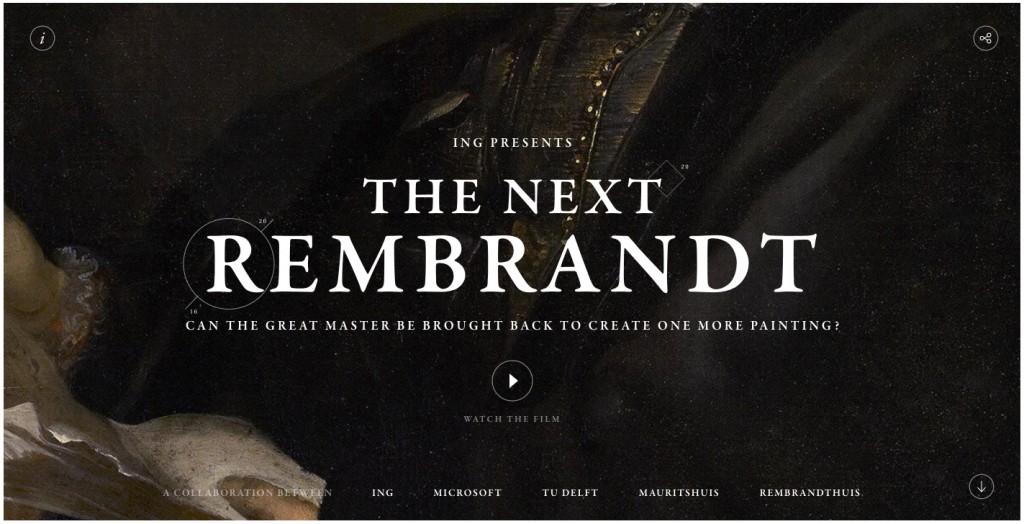
Photo Credit: The Next Rembrandt
The human eye is naturally drawn to movement. Because of this, expect to see motion animations used to bring attention to a focal point. Motion animations add interest, and increase engagement.
8. Fullscreen Forms:
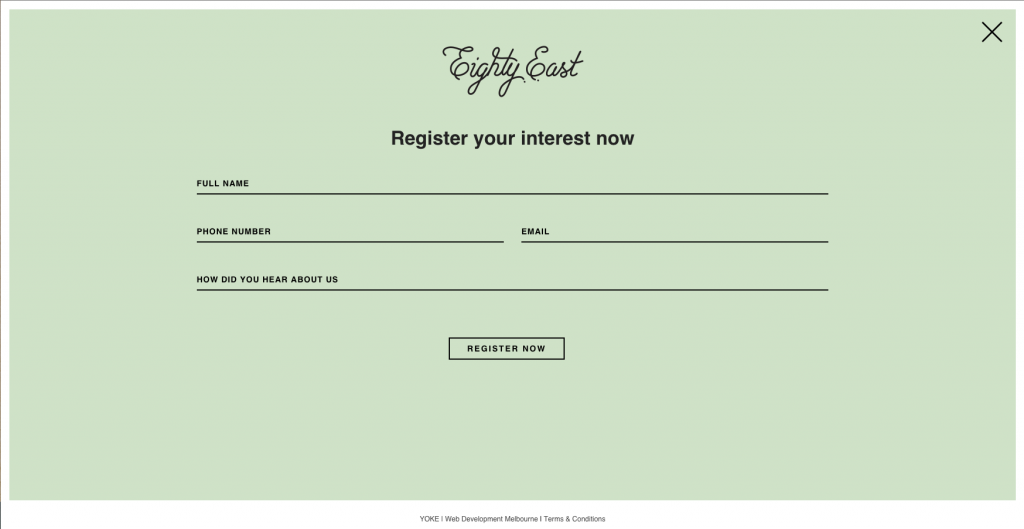
Photo Credit: Eighty East
Responsive web design is having an influence on the size and format of forms and input screens. Fullscreen forms and overlays allow for a legible space that is easy to interact with, and encourages users to focus on an individual screen.
9. Duotone Color Schemes:
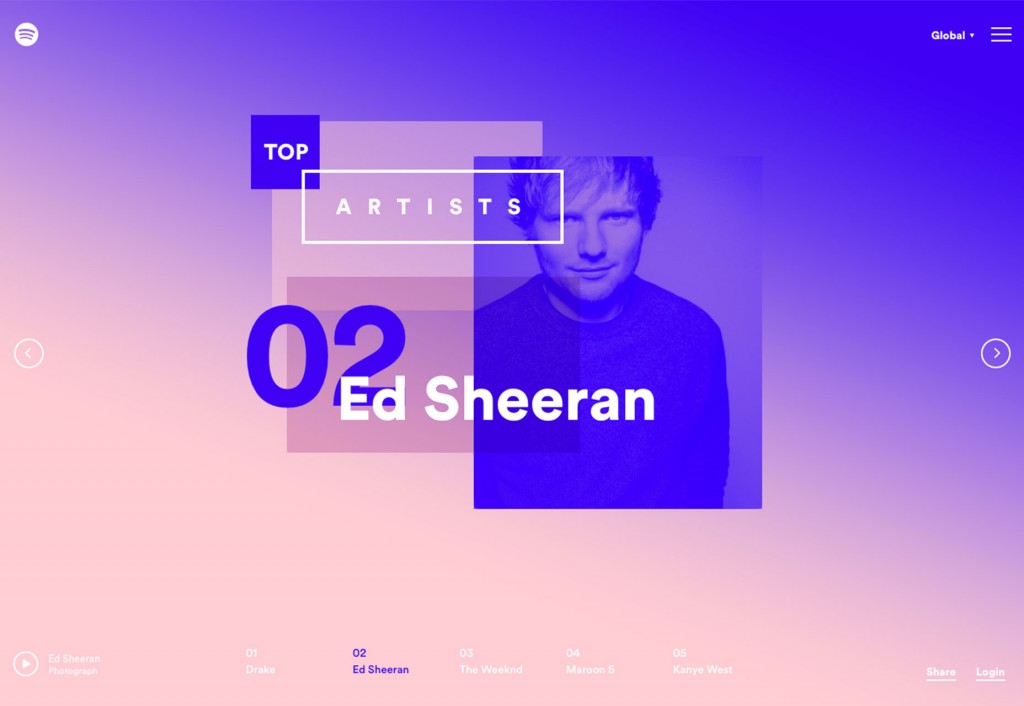
Photo Credit: Spotify
Duotone color palettes have become increasingly popular because incorporating two complementary color washes creates a strong visual impact.
As technology changes, design has to adapt to meet new needs. It can be easy to get caught up in how quickly these trends emerge and evolve. The key thing to remember is to keep the user, and their experience in the front of your mind while designing.
This piece originally appeared on the Forbes.com
